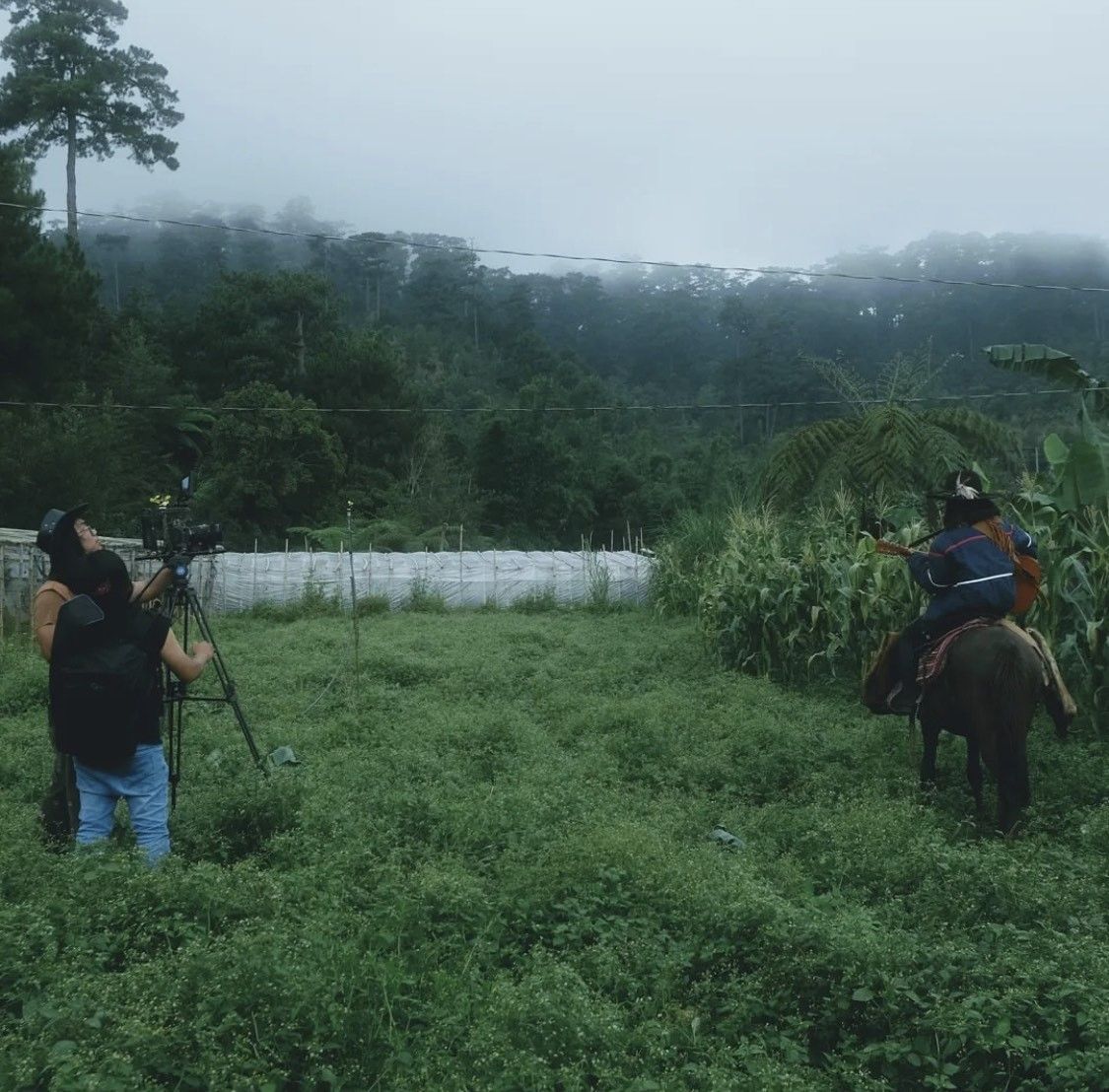Tapping into his rich indigenous roots, budding filmmaker Don Josephus Raphael Eblahan calls for a more diverse and inclusive global cinema
Last January 29, the 2022 Sundance Film Festival's awards have been announced. The Grand Jury Prize for the short film category was awarded to The Headhunter's Daughter, written and directed by Don Josephus Raphael Eblahan.
Born and raised in Quezon City and living most of his life in La Trinidad, Benguet, Don Josephus Raphael Eblahan took fate into his own hands by studying Film at DePaul University in Chicago, graduating in 2019. Having made a couple of short films since then, he has become a budding filmmaker trying to carve his own path in the industry. So, when he received Sundance Institute's acceptance while he was in a New York hotel room with Hannah Schierbeek (his partner and producer) and younger brother John, the experience was nerve-wracking and beyond what he has ever dreamed.
In case you missed it: Sundance Film Festival's First Filipino Short Film Entry: Sonny Calvento's "Excuse Me, Miss, Miss, Miss"
Tell us how the concept for The Headhunter's Daughter came to be.
Don Josephus Raphael Eblahan (DJRE): [It came] from my reflections about my culture as an Igorot and what my identity means historically—how I approached the world, and how the world approached me. Living in the Cordilleras, a region heavily influenced by American colonisation, I grew up exposed to the remnants of cowboy and Western culture that amalgamated with the rich indigenous Igorot culture. This imagery left such a searing impression in my head since childhood. I wanted to write a character who internalised the same thoughts I have, someone who rides the threshold of both cultures that meld in such a diverse and culturally fertile land.

What do you think inspires you and other filmmakers to showcase works in international film festivals and competitions?
DJRE: There’s something beautiful about exploring the world and doing it through the lens of cinema makes it very special. To peer through the eyes of fellow filmmakers from diverse and unique cultures from all over the world makes the world feel intimate and larger than life at the same time.
What are the usual themes in your films and how do you approach these themes in your works?
DJRE: I tend to experiment with autobiographical tendencies in my writing and draw from personal memories: both the beautiful and the traumatic. I try to find my way around those roadmaps and locate my place in the world around me: how circumstances, places, and things end up the way they do in a historical, cultural, and ecological perspective. Hilum (2021) was written from the perspective of my six-year-old self, pondering about the death of my father, featuring a retelling of what took his life. The Headhunter’s Daughter (2022) was my attempt to embody my thoughts about my culture, my dreams of becoming a musician and figuring out a spiritual way of finding my place in this world as a young person of indigenous descent.
More from Tatler: Ishmael Bernal, Lino Brocka, Lav Diaz: 12 Directors That Have Shaped Philippine Cinema







